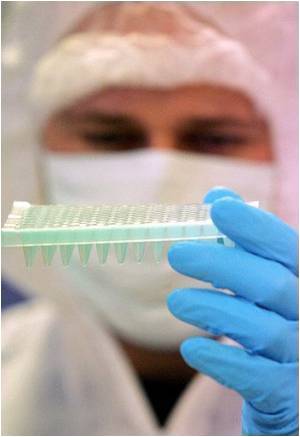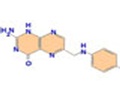
Eva is a doctoral student in the research group of Professor Wolfgang Ensinger in the Department of Material Analysis is working on making nanotubes of gold. The technique involves precipitating gold from an aqueous solution onto a pretreated film with many tiny channels. The metal on the walls of the channels adopts the shape of nanotubes; after which the film is dissolved. Toxic chemicals like cyanide, formaldehyde, arsenic and heavy metal salts are used in the procedure.
Taking inspiration from a journal article where researchers had used coffee to achieve silver precipitation, Eva used coffee in her initial experiments; followed by apple juice. She then tested vitamin C (ascorbic acid) which seemed to suit her best. Eva said, “You never know what's in coffee and apple juice. On the other hand, Vitamin C - or ascorbic acid - is available in pure form from chemical stores - a requirement for reproducible studies."
Postdoctoral researcher and supervisor of Felix' PhD thesis, Falk explained the role of vitamin C in gold precipitation- Unlike human body, where vitamin C makes free radicals harmless by transferring electrons to them, here vitamin C does not take on radicals, but rather gold ions. The dissolved gold ions are transformed into metallic gold after absorbing electrons. Harmless chemicals are required for this process. No expensive devices are required and the procedure takes place at room temperature without an external power supply, thus saving energy, and making it a green process. The only thing that is not green in the procedure is the film (that is used as the template) as it consists of polycarbonate also made or of polyethylene terephthalate (PET).
The gold nanotubes can be used for building microsensors to measure hydrogen peroxide, which is known to damage nerve cells and apparently plays a role in neurodegenerative diseases such as Alzheimer's and Parkinson's. Scientists are also thinking about using the nanotubes to measure blood sugar. The green method of production has its advantages here because the components of such implants should be produced with as few toxic chemicals as possible.
Source-Medindia














